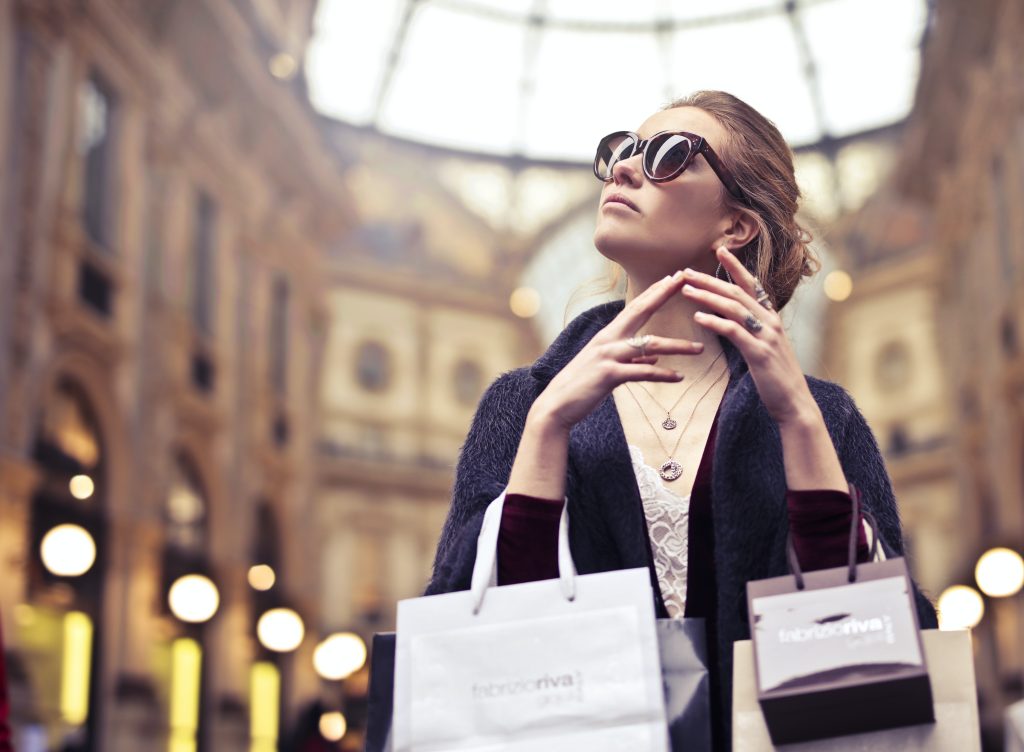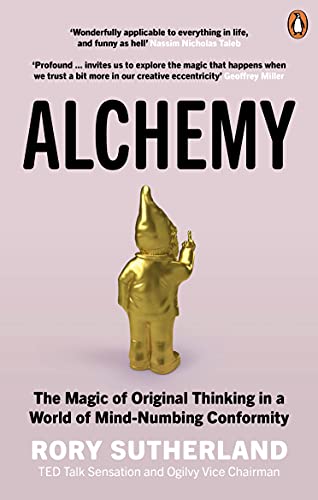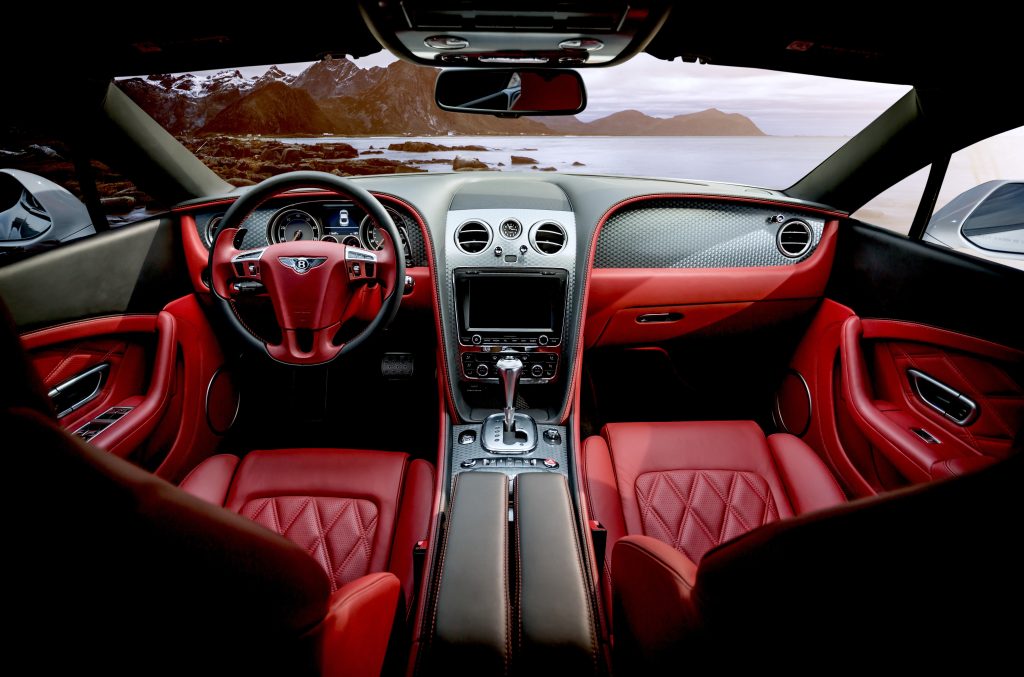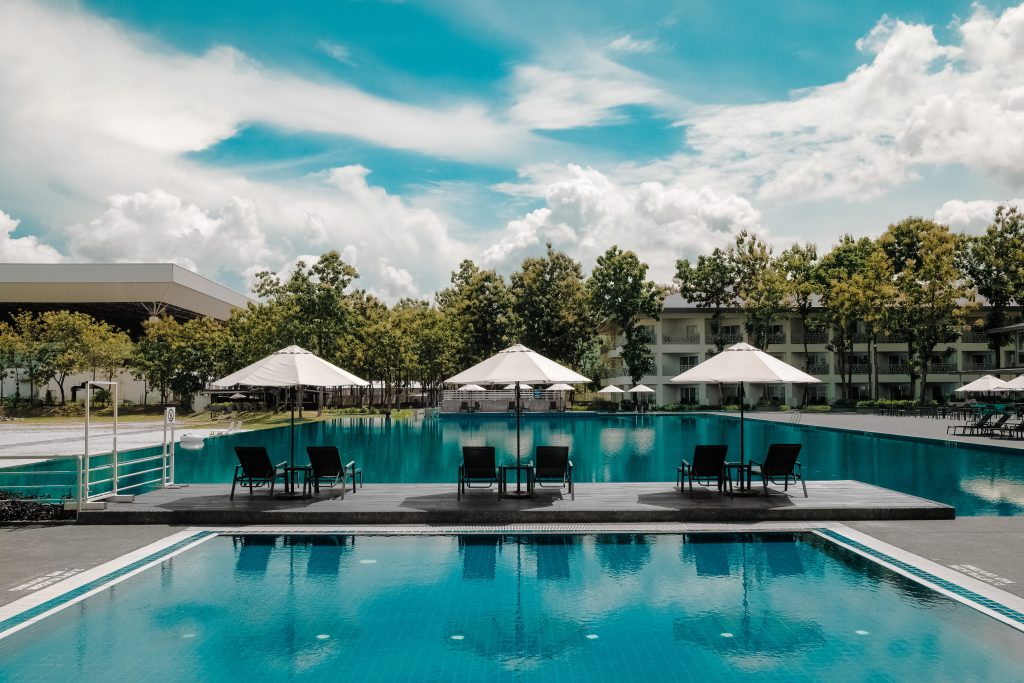The Italian Mind® - Redefining Luxury in a Global Context
Welcome to The Italian Mind® – a pioneering force reshaping the concept of luxury in today's global landscape. Our vision extends far beyond traditional definitions of luxury, delving into the profound intricacies of the human mind. We invite you to embark on this transformative journey with us.
The Challenge
In an ever-evolving economic environment, the luxury industry faces an extraordinary challenge: transcending the boundaries of commerce to deeply connect with human values and behaviors. We recognize that the essence of luxury transcends mereeconomic transactions; it resides in authenticity, creativity, and innovation. In a world where market dynamics remain uncertain, The Italian Mind® aims to redefine luxury by engaging with highly intelligent buyers on a level where meaning, stories, and narratives take precedence.
The Italian Mind Approach
At The Italian Mind®, we offer a unique blend of skills honed through years of experience at the pinnacle of the luxury industry. Under the leadership of Daniel Langer, the CEO and founder of Equite Brands, our team has advised globally recognized brands such as Ferrari, Maserati, Dior, and Sotheby's. With Daniel's expertise spanning across key luxury industries, we provide an in-depth psychographic analysis of
today's luxury clientele.
Global Presence and Cultural Insights
Our global presence and partnerships with toptier universities keep us closely connected to the demographic shaping the future of markets. We stay attuned to what's relevant, ensuring the long-term financial sustainability of luxury brands. Our deep roots in the arts empower us to anticipate emerging trends, often originating at the fringes of society.
Cutting-Edge Technology
We leverage proprietary algorithms and AI systems alongside our human expertise and cultural insights. Our proximity to major international financial institutions equips us to identify value creation opportunities, giving us a unique edge in executing growth strategies.
Oblyon Group's Contribution
Oblyon Group's roots in the arts complement a key part of this ability to "sense" what is socially relevant. Over the past decade, their immersion in the art world has enabled Oblyon to "sniff out, intercept, and foresee what's moving at the fringes of society, where truly relevant new trends come to life." Accessibility and Cost-Effectiveness: The Italian Mind® is committed to empowering mid-sized Italian operators within a high-growth, high-potential market segment. We aim to equip entrepreneurs with the skills and tools necessary for sustainable growth, ensuring accessibility and cost-effectiveness.
Operating Principles
Our operations are guided by a set of principles that promote uniformity and synergy among project partners. This fosters efficient scaling from a financial perspective and encourages the cross-pollination of creativity and innovation.
Financial Support
Accessing The Italian Mind® not only provides valuable expertise but also offers unparalleled practical professional experience on a global level. We understand the challenges faced by mid-cap Italian operators in high-growth markets, and we are dedicated to addressing these challenges through comprehensive financial support solutions tailored to our partners' specific needs. Our services include:
- Strategic Capital Allocation: Collaboratively identifying opportunities for capital
allocation, optimizing financial structures, and advising on investment decisions. - Customized Growth Strategies: Developing and executing proprietary growth
strategies designed to navigate international markets, with a focus on sophisticated
market segments. - Financial Structuring: Assisting partners in structuring advanced financial solutions
that enable sustainable growth, tailored to their unique ambitions. - Risk Management: Guiding partners in assessing and mitigating risks associated
with international expansion, leveraging our expertise and global insights.

Founding Partners and Florence Kick-Off Event
In addition to our commitment to reshaping the concept of luxury, we are proud to introduce some of our esteemed founding partners who share our vision and dedication to excellence. Notably, we are
honored to have key foreign players of utmost importance, such as the HAINAN INTERNATIONAL CONVENTION & EXHIBITION CENTER, already as part of our project. Their global presence and insights contribute significantly to the success of The Italian Mind®. Among our founding partners, we proudly highlight the Paghera Group of Paghera Giardini, a beacon of Italian engineering and innovation in sustainable construction.
They embody the tradition of inventive thinking and actual building that can
be traced back to the legendary Brunelleschi's dome. Within this framework, Rte Poli plays an active role, representing the quintessence of the Renaissance boutique, well-suited for a 2.0 economy that seamlessly blends exquisite creativity and craftsmanship with cuttingedge machines and tools. We consider ourselves fortunate to have these partners on board from the very beginning, combining visionary and practical excellence in the most remarkable way.
Investment Platform for Qualified Investors
The Italian Mind® goes beyond conventional approaches by offering an investment platform for qualified investors who seek to be part of something more than a typical yield-generating scheme. Our project is
as unique as it is financially promising, as luxury has repeatedly proven to be the only true counter-cyclical asset class. This resilience is grounded in the enduring human quest for excellence and meaning, which remains deeply ingrained in the human spirit, unaffected by market downturns.
Strong Backing from Italian Ministries and Kick-Off in Florence
The significance of The Italian Mind® is underscored by the support of two of Italy's most prominent
ministries—the Ministry of Foreign Affairs and the Ministry for Economic Development and Made in Italy. Both ministries have actively endorsed and directly participated in our kickoff event, which took place at the prestigious Chamber of Commerce in Florence. This event marked a historic milestone as the first-ever startup event in Italy, showcasing our pioneering spirit in international commercial relations.

Elevating the Human Spirit
At The Italian Mind®, we are dedicated to taking this legacy and spirit to the next level. We blend human affinities with the highest level of professional skills and the latest advancements in technology and knowledge. All of this comes together to form the essence of The Italian Mind®—a force that is redefining luxury and achieving unparalleled financial excellence.
The Italian Mind® is more than a think tank or advisory service; it is a comprehensive support system designed to enable growth and success for mid-cap Italian operators. By merging entrepreneurial creativity with the necessary financial tools, we empower businesses to chart a course of sustainable growth in a dynamic and competitive global landscape. Join us in redefining luxury and achieving financial excellence with The Italian Mind®.
Join us on this transformative journey as we push the boundaries of luxury, reimagining
what it means to connect with human values and behaviors in today's ever-evolving global
landscape. This is The Italian Mind®.









